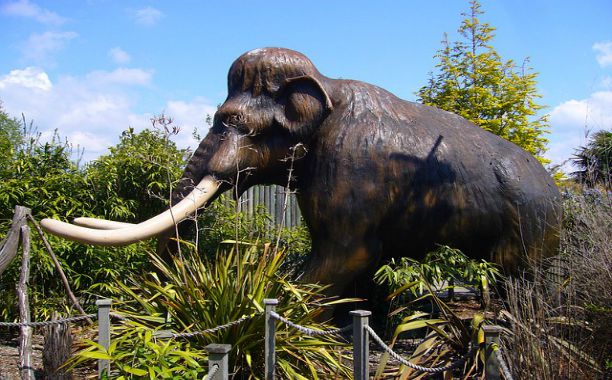The scientific community has long believed that the extinction of woolly mammoths, giant sloths, cave lions, and other megafauna was the direct result of humans hunting them, but according to the findings of a new study, abrupt climate changes may have played a significant role in their demise — a demise which took place tens of thousands of years ago.
An international team of researchers from the University of Adelaide and the University of New South Wales in Australia linked interstadials – short, rapid warming events – recorded during the last ice age to major extinction events, reports CBS.
These interstadials continued for thousands of years, with temperatures rising from 7.2 to 28 degrees Fahrenheit.
By combining the records of the warming events against dated fossils, the scientists discovered a “strong relationship between warming events and megafaunal extinctions,” said Alan Cooper, study author from the University of Adelaide.
By combining these two records, we can place the climate and radiocarbon dating data on the same timescale, thereby allowing us to precisely align the dated fossils against climate. The high-resolution view we gained through this approach clearly showed a strong relationship between warming events and megafaunal extinctions.
The megafauna did not survive the hot conditions in part due to the effect the temperature had on their prey and habitats, according to the researchers. The interstadials caused dramatic changes in the vegetation and rainfall, said Cooper.
While the researchers acknowledge that climate change played a role in the extinction of megafauna, man still played a role in the disappearance of the species, reports Tech Times. “The rise of the humans applied the coup de grace to a population that was already under stress,” said Christ Turney, study author from the University of New South Wales.
The abrupt warming of the climate caused massive changes to the environment that set the extinction events in motion, but the rise of humans applied the coup de grâce to a population that was already under stress.
During a different era, scientists previously discovered that woolly mammoths survived the frigid temperatures during the Ice Age due to DNA that specifically adapted to cold temperatures.
























